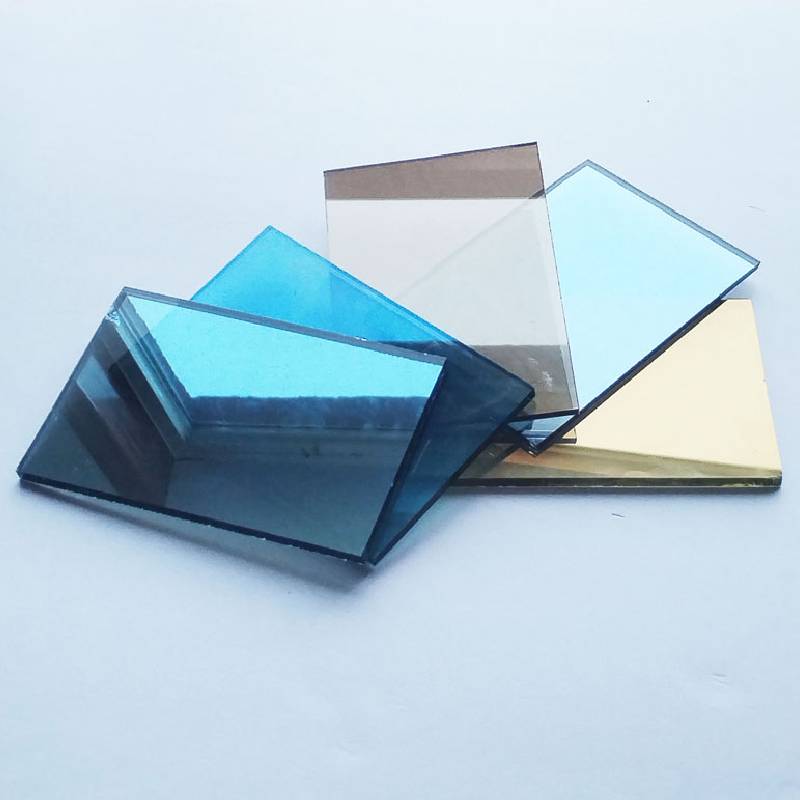The Significance and Evolution of Architectural Glass
Architectural glass has long played a vital role in the design and functionality of buildings. As a key material in modern architecture, it serves not only aesthetic purposes but also functional ones, significantly influencing natural lighting, energy efficiency, and the overall environmental impact of structures. Over the years, the development and innovation in glass technology have paved the way for intriguing applications that have redefined architectural boundaries.
The Aesthetic Appeal of Glass
One of the most striking features of architectural glass is its ability to create stunning visual experiences. Glass can seamlessly integrate with various design elements, offering clarity and transparency that connect indoor and outdoor environments. This ability to bring in natural light is particularly valued for enhancing the ambiance of spaces and reducing reliance on artificial lighting.
Architects often use glass as a façade to create modern and sleek appearances. High-rise buildings, such as the iconic One World Trade Center in New York City, utilize expansive glass panels that reflect the sky and surrounding structures, creating a dynamic interaction with the environment. Such designs not only contribute to the aesthetic of a building but also its identity within a city's skyline.
Functional Benefits of Glass
In addition to its visual qualities, architectural glass offers numerous functional benefits. One of the most significant advancements has been the development of energy-efficient glazing technologies. Low-emissivity (low-E) glass, for instance, helps control heat gain and loss, thereby reducing energy costs associated with heating and cooling. This is crucial in today's context, where sustainability and green design are paramount.
Furthermore, innovations such as laminated and tempered glass enhance the safety and durability of buildings. Laminated glass, which consists of multiple layers bonded together, provides sound insulation and security against breakage, making it suitable for both residential and commercial applications. Meanwhile, tempered glass is treated to withstand high impacts and thermal stress, reducing the risk of shattering.
architectural glass
Sustainability Considerations
As architectural glass evolves, its role in sustainability becomes increasingly critical. The construction industry is under significant pressure to minimize carbon footprints, and glass manufacturers are responding by developing products that are both recyclable and made from recycled materials. The use of glass reduces the need for artificial lighting, and in combination with smart technologies, such as electrochromic glass that can adjust its tint based on sunlight, buildings can achieve even greater energy efficiency.
Moreover, architectural glass can contribute to sustainable building certifications, such as LEED (Leadership in Energy and Environmental Design), by maximizing natural light and minimizing energy consumption. This alignment with green building standards not only benefits the environment but can also result in cost savings and enhanced occupant comfort.
Trends and Future Directions
Looking ahead, the future of architectural glass holds many exciting possibilities. Technological advancements are likely to lead to the creation of smart glass that can interact with its environment, adjusting its properties based on weather conditions or occupants' needs. Such innovations could further enhance energy efficiency, ensuring that buildings become more adaptable to changing climates.
Another emerging trend is the use of glass in innovative structural applications. Designers are increasingly experimenting with glass as a load-bearing material, challenging traditional concepts of structural integrity. For example, glass bridges and stairs serve not only as functional elements but also as stunning design features that captivate and engage users.
Conclusion
Architectural glass is much more than a mere building material; it is a versatile medium that combines aesthetics and functionality, playing a crucial role in modern architectural design. As technology advances, the possibilities for glass applications in buildings continue to expand, promising a future where architecture is defined by transparency, sustainability, and innovation. The integration of cutting-edge glass solutions will undoubtedly shape the architectural landscape, leading to structures that are not only visually stunning but also environmentally responsible and highly functional. As we move forward, architectural glass will remain at the forefront of the evolution of our built environments, reflecting our values and aspirations in the quest for beautiful and sustainable spaces.
 Afrikaans
Afrikaans  Albanian
Albanian  Amharic
Amharic  Arabic
Arabic  Armenian
Armenian  Azerbaijani
Azerbaijani  Basque
Basque  Belarusian
Belarusian  Bengali
Bengali  Bosnian
Bosnian  Bulgarian
Bulgarian  Catalan
Catalan  Cebuano
Cebuano  Corsican
Corsican  Croatian
Croatian  Czech
Czech  Danish
Danish  Dutch
Dutch  English
English  Esperanto
Esperanto  Estonian
Estonian  Finnish
Finnish  French
French  Frisian
Frisian  Galician
Galician  Georgian
Georgian  German
German  Greek
Greek  Gujarati
Gujarati  Haitian Creole
Haitian Creole  hausa
hausa  hawaiian
hawaiian  Hebrew
Hebrew  Hindi
Hindi  Miao
Miao  Hungarian
Hungarian  Icelandic
Icelandic  igbo
igbo  Indonesian
Indonesian  irish
irish  Italian
Italian  Japanese
Japanese  Javanese
Javanese  Kannada
Kannada  kazakh
kazakh  Khmer
Khmer  Rwandese
Rwandese  Korean
Korean  Kurdish
Kurdish  Kyrgyz
Kyrgyz  Lao
Lao  Latin
Latin  Latvian
Latvian  Lithuanian
Lithuanian  Luxembourgish
Luxembourgish  Macedonian
Macedonian  Malgashi
Malgashi  Malay
Malay  Malayalam
Malayalam  Maltese
Maltese  Maori
Maori  Marathi
Marathi  Mongolian
Mongolian  Myanmar
Myanmar  Nepali
Nepali  Norwegian
Norwegian  Norwegian
Norwegian  Occitan
Occitan  Pashto
Pashto  Persian
Persian  Polish
Polish  Portuguese
Portuguese  Punjabi
Punjabi  Romanian
Romanian  Russian
Russian  Samoan
Samoan  Scottish Gaelic
Scottish Gaelic  Serbian
Serbian  Sesotho
Sesotho  Shona
Shona  Sindhi
Sindhi  Sinhala
Sinhala  Slovak
Slovak  Slovenian
Slovenian  Somali
Somali  Spanish
Spanish  Sundanese
Sundanese  Swahili
Swahili  Swedish
Swedish  Tagalog
Tagalog  Tajik
Tajik  Tamil
Tamil  Tatar
Tatar  Telugu
Telugu  Thai
Thai  Turkish
Turkish  Turkmen
Turkmen  Ukrainian
Ukrainian  Urdu
Urdu  Uighur
Uighur  Uzbek
Uzbek  Vietnamese
Vietnamese  Welsh
Welsh  Bantu
Bantu  Yiddish
Yiddish  Yoruba
Yoruba  Zulu
Zulu 

